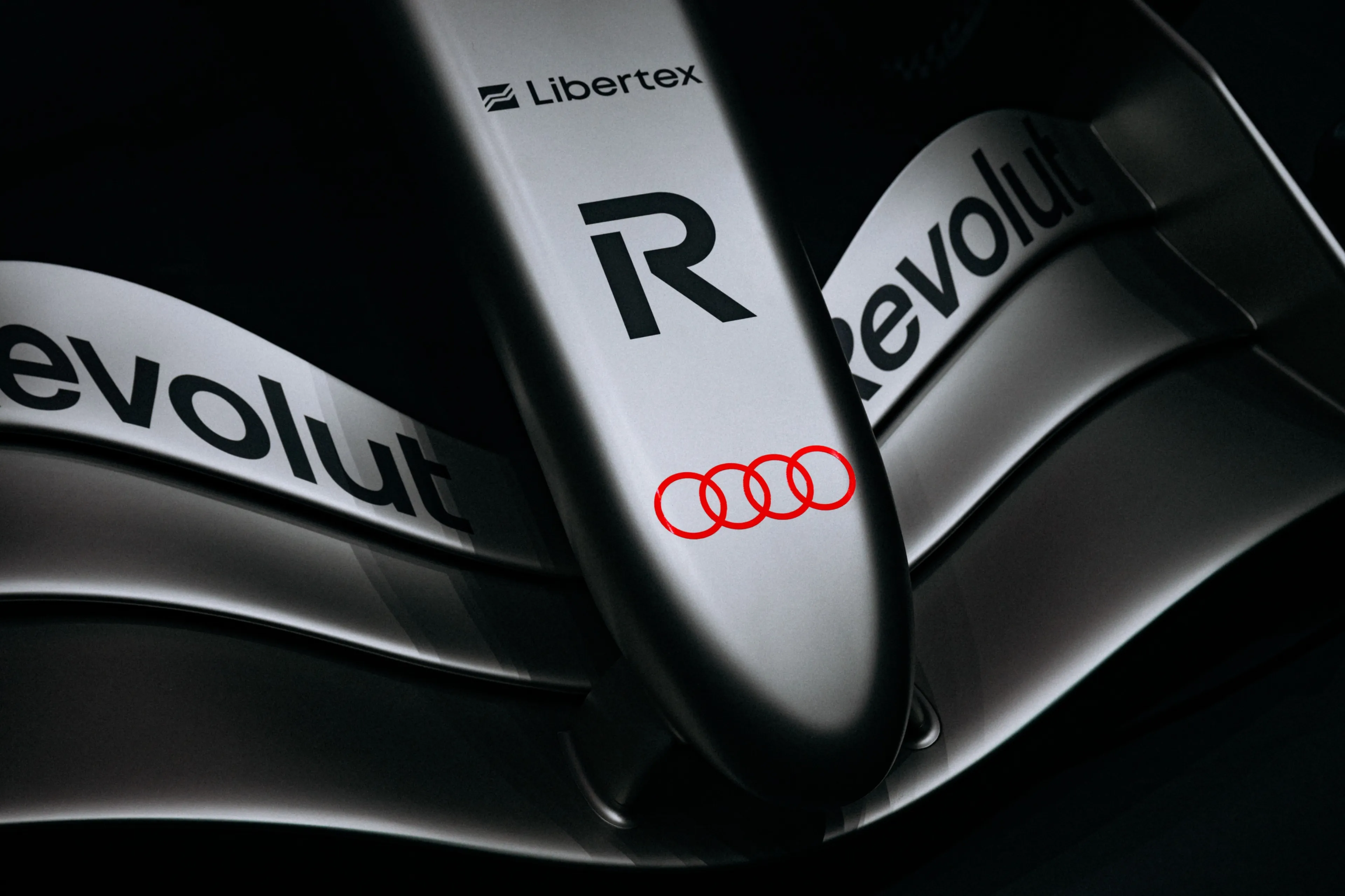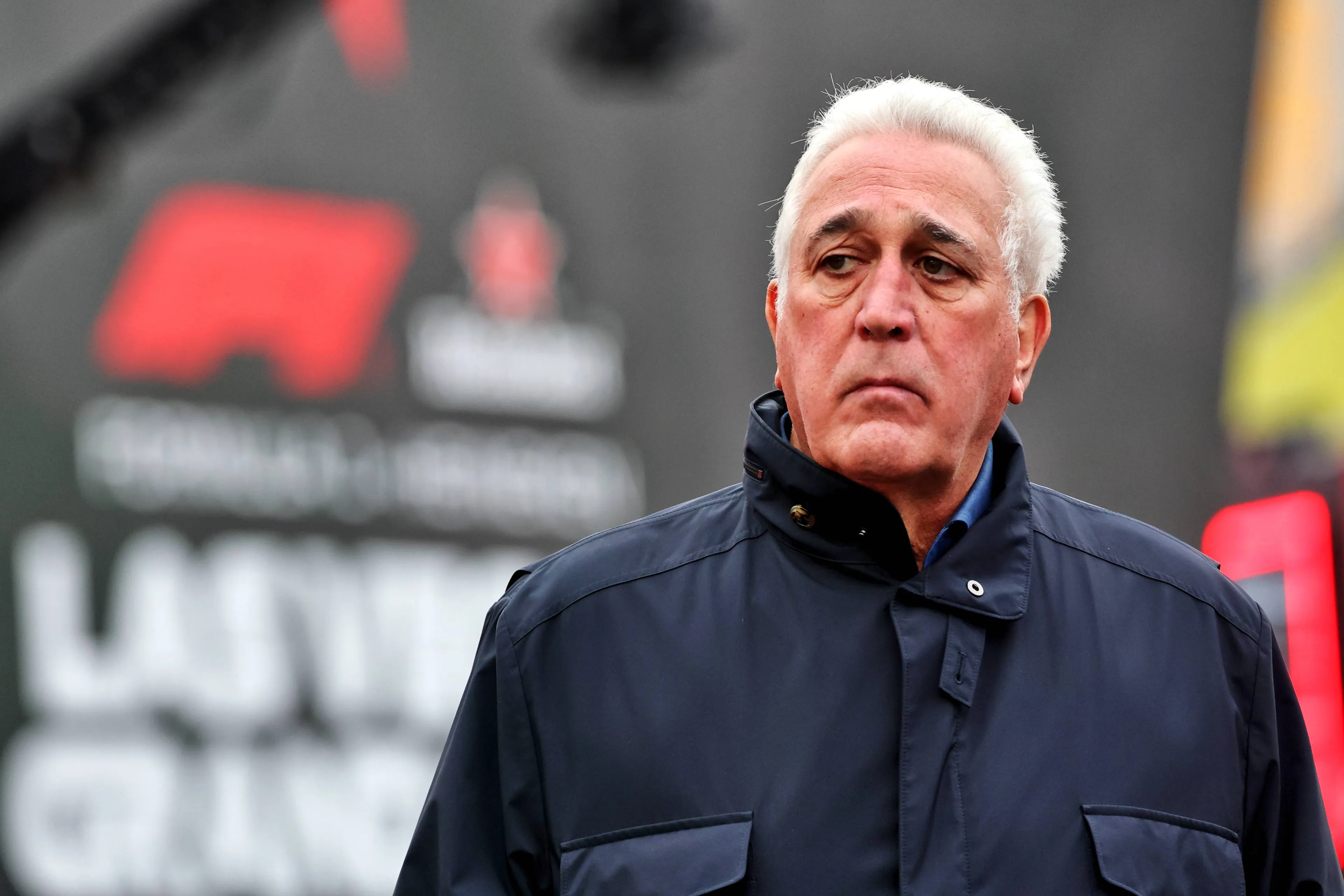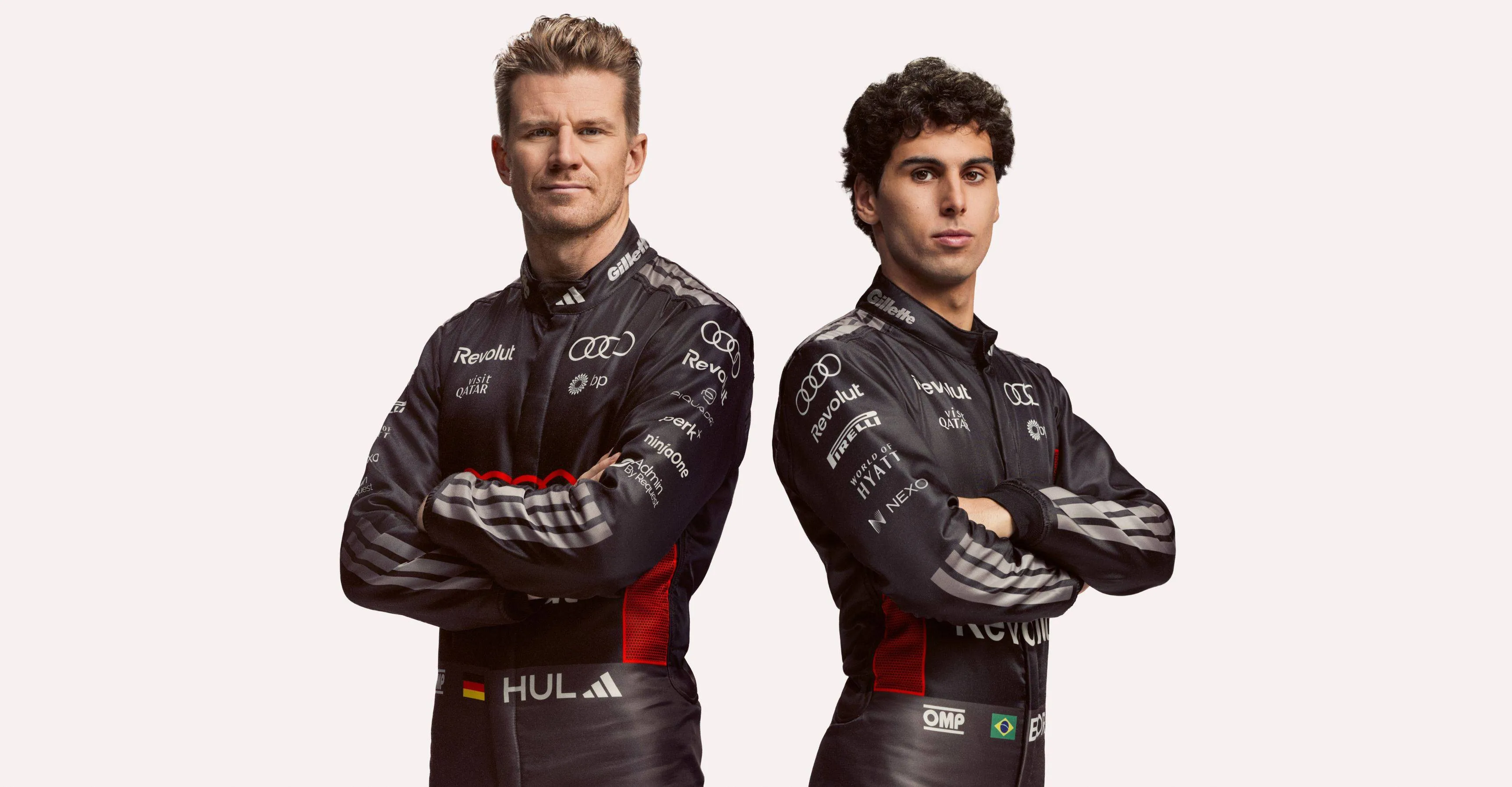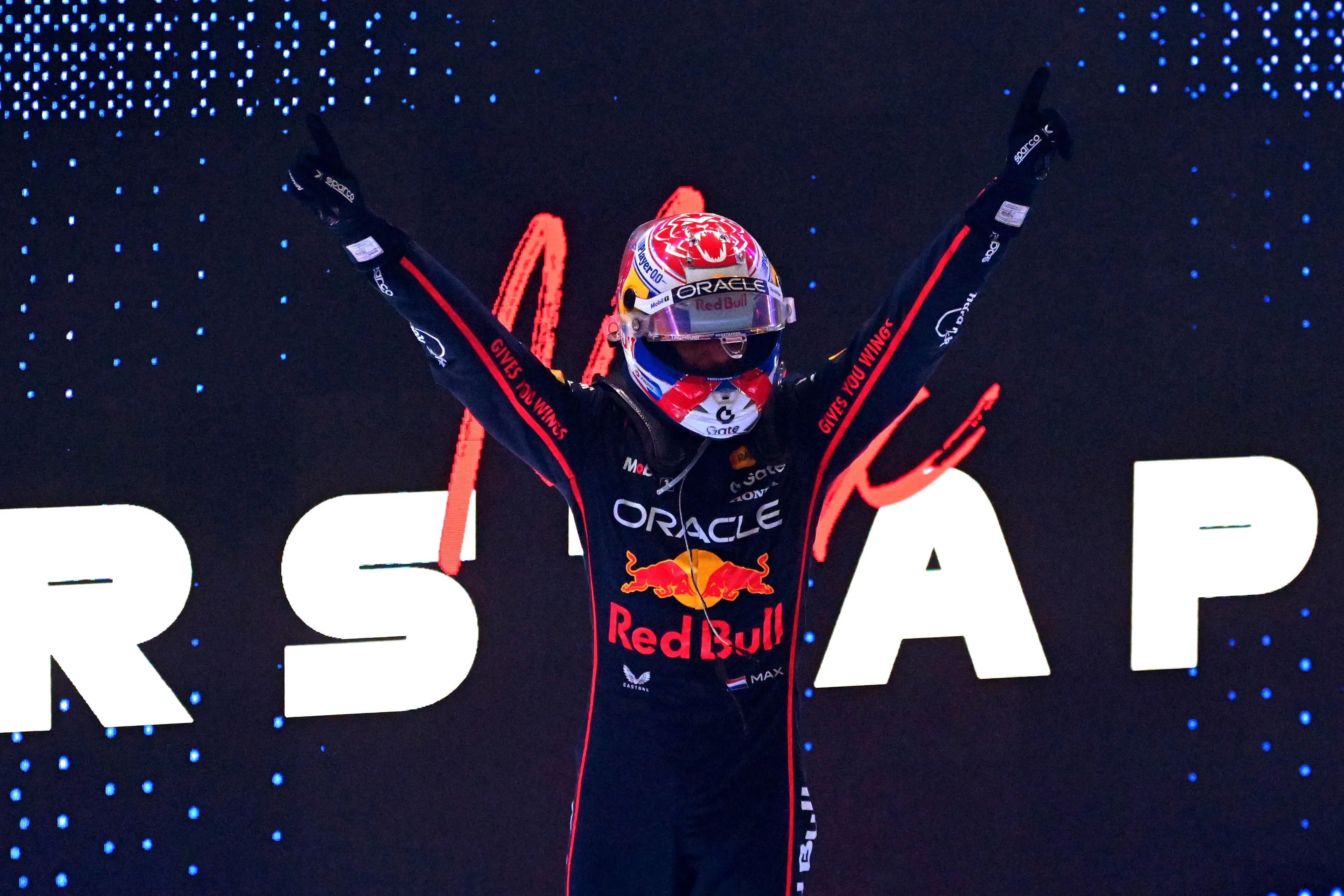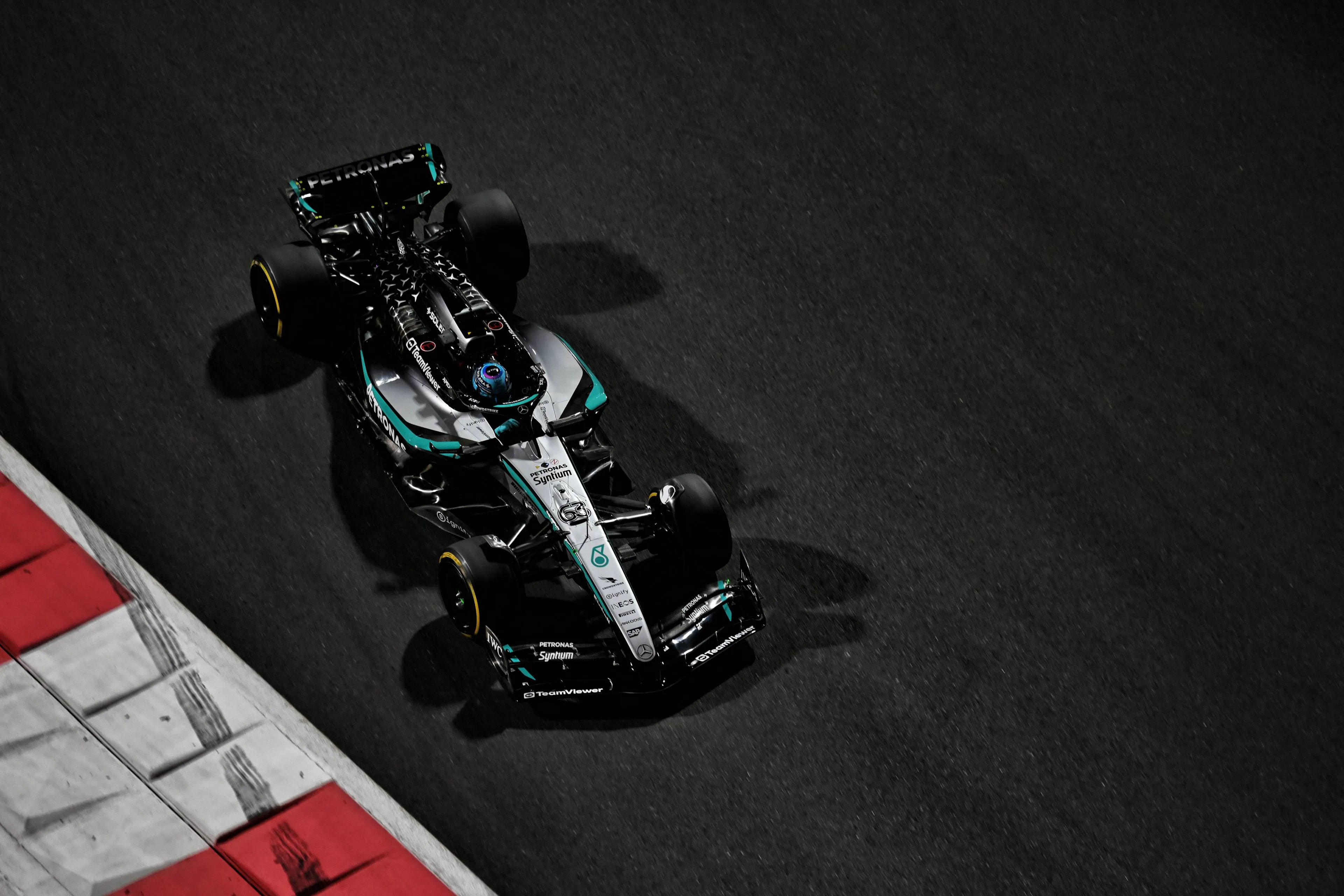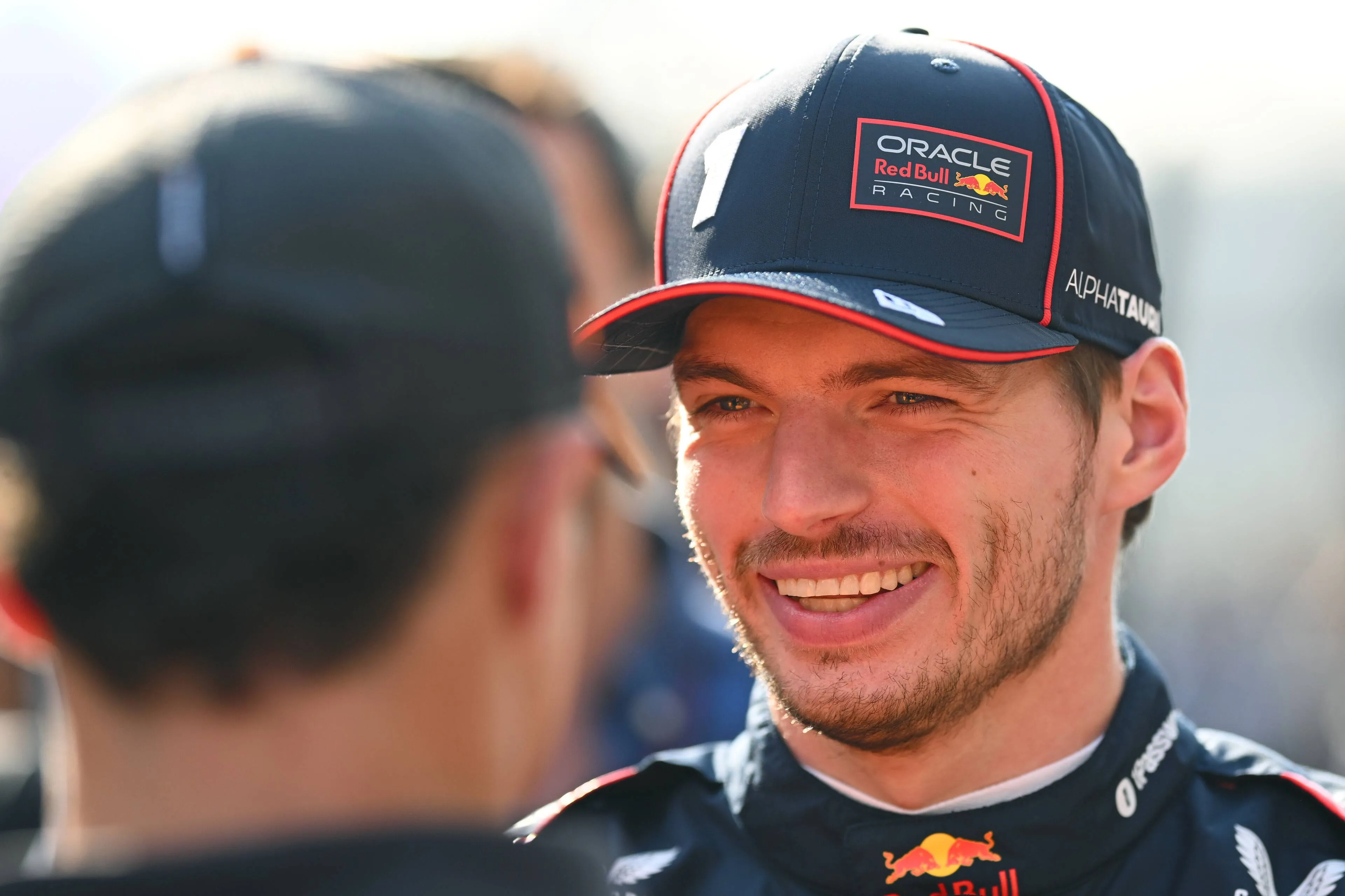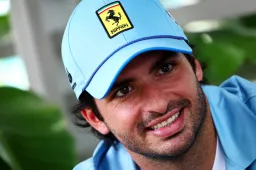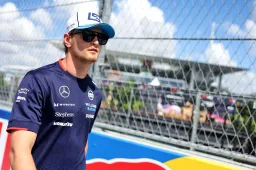Tech Analysis | Sprint, updates and heat to be crucial factors in Miami
14:00, 03 May 2024
1 Comments
After the first Sprint race weekend was held last time out in China, the F1 circus have now moved to Miami, for another Sprint weekend on a very technical circuit. The Miami International Autodrome, which winds around the Hard Rock stadium, is a very complete track, with a series of fast flowing corners in the first sector, a very slow section in the middle part and long straights all around.
The variety of corners, the typical Miami heat as well as the very low grip asphalt are all factors that must be taken into consideration to find a good set-up around here. The American track, in fact, can be considered as the new Barcelona: it features a very slow speed section, a high speed section, very long straights and it’s a harmful circuit especially on the rear axle. All these features make it very indicative of a car’s behavior and real performance, since it’s crucial to find a good aerodynamic and mechanical set-up to be fast around here.
Moreover, the Sprint weekend and the incoming updates for many teams (like Mercedes and McLaren) could play a big role in this weekend’s hierarchy among the top teams. Let’s try to explain how all these factors can influence the technical choices made by every team.
Red Bull and McLaren with low downforce set-ups
Starting with Red Bull, the team will not show new parts this weekend after the big upgrade package introduced in Japan, but have decided to adopt the most unloaded rear wing of all top teams. This solution, which has already been used in Jeddah, shows a very peculiar design of the main plane: it has a slightly pronounced spoon in the central part of the profile, useful for "capturing" more air and generating a greater amount of downforce. However, the profile shows a straighter and flatter shape and a smaller chord as it gets closer to the endplates, in order to significantly reduce drag. This design produces a large amount of load from the central portion of the wing, while the two side sections are heavily unloaded to improve aerodynamic efficiency.
Moving on to the DRS flap, it has a very long chord, which is useful for producing a good level of aerodynamic load when the DRS is closed but to also increase the DRS effect when the device is opened, since the area that is "freed" is quite large. This profile is then equipped with a light round Gurney flap in the central portion behind the DRS actuator, to reduce aerodynamic stagnation, to avoid excessive drag in that area.

Furthermore, there is also a nolder at the trailing edge of the airfoil to slightly increase the downforce produced.
This rear wing solution could be matched with a medium downforce beam wing, to improve the grip on the rear end and have more stability in the high-speed and out of the slow corners.
Red Bull’s wing choice is proof of their ability to produce a huge amount of efficient load from both the bodywork and the Venturi channels. This allows the engineers to adopt an unloaded rear wing, which can give a big advantage on the straights both in qualifying and the race, without losing ground to their competitors in the high-speed and medium speed corners of the track, thanks to the downforce produced by the floor in all conditions.
A big role will be played by the mechanical set-up too: to be fast in the second sector and out of the slow harpins the team must find a good mechanical set-up, softening the suspensions enough for the car to behave well on the high kerbs without losing the stiffness needed to keep the aerodynamic platform stable in the first sector. We’ve seen, so far this season, that the RB20 has improved massively on this aspect and thus the Miami complete layout could really exploit the Red Bull machinery value.
Coming to McLaren, the Woking-based team are expected to bring a quite big package this weekend, which could play a big role. On paper, the Miami International Autodrome is not expected to be a favorable track due to the high temperatures and the degradation on the rear axle of the car. These elements, as pointed out by team principal Andrea Stella during the last race, can cause overheating on the rear tyres, with a consequent loss of performance on the MCL38.

Despite that, McLaren’s wing choice shows that the team could have found extra points of downforce from the new floor, while the bodywork changes expected should mainly improve aerodynamic efficiency, improving the car's top speeds. The team, together with Red Bull, is the only one to have adopted a medium-low downforce rear wing. The design is mainly characterised by a more loaded main plane than the RB20’s one, with a more pronounced spoon in the central area to produce downforce, while the two side sections are inclined upwards to connect to the endplates and shows a smaller chord to reduce drag. However, the big difference lies in the DRS flap, which has a smaller chord to mainly reduce drag, especially when the system is not activated. The evident cut of the mobile flap in the endplate transition shows McLaren’s desperate need to reduce drag as much as possible, to match Red Bull and Ferrari’s top speeds on the straights.
This rear wing design will quite certainly be matched with the single-profile beam wing.
A lot will depend on the updated MCL38 to tackle with the rear-limited nature of this circuit and, if the new parts will contribute in making a step forward, McLaren could certainly fight for the podium places.
Ferrari and Mercedes with similar level of downforce
Coming to Ferrari and Mercedes, both teams have made a very similar choice in terms of rear wing, but for two different reasons: on the one hand, conscious of the limits of their car on the rear axle, Ferrari have decided to bring the medium downforce rear wing we’ve been seeing since the beginning of the season. This solution should be matched with a single-profile beam wing to reduce drag, but the higher level of downforce produced on the rear end could provide an extra grip useful on traction. Moreover, the higher temperatures should help the Maranello based team, as it could give them an advantage over McLaren in the tyre management during the race on Sunday.

On the other hand, Mercedes’ choice could have been made to test the updates during FP1: since only an hour of practice is allowed on Sprint weekend, the team may have decided to test the new package on a similar level of wing downforce as the one they’re used to, to effectively see the step forward (in terms of downforce and efficiency) of the new package. Once they’ve tested it and seen how the aero maps change at different speeds, they could then move to a lower downforce rear wing solution from the Sprint qualifying onwards. A lot will also depend on the W15’s grip on the rear axle: if the new bits provide more grip on the rear, the team could decide to adopt a more unloaded wing, whether if their problem persists during FP1, they may be forced to keep using the same version seen on Thursday, even though this could cause a huge delta in the top speed.
In conclusion, everything is set for an exciting weekend of racing, where updates, track temperatures and the Sprint format could provide a very tight and funny race on Sunday.
Read more about:
Rumors
Popular on GPBlog
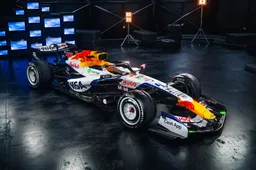
1
Red Bull's in-house power unit passes key milestone at Imola
1467 times read
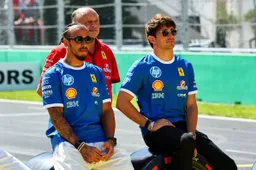
2
Ferrari's Fiorano shakedown confirmed as SF-26 launch sparks hype
1160 times read
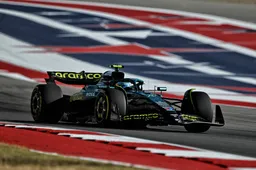
3
Honda launches new Formula 1 power unit ahead of 2026 regulation overhaul
551 times read
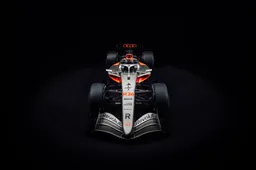
4
Audi reveals first-ever Formula 1 car livery ahead of debut 2026 season!
538 times read
Loading



